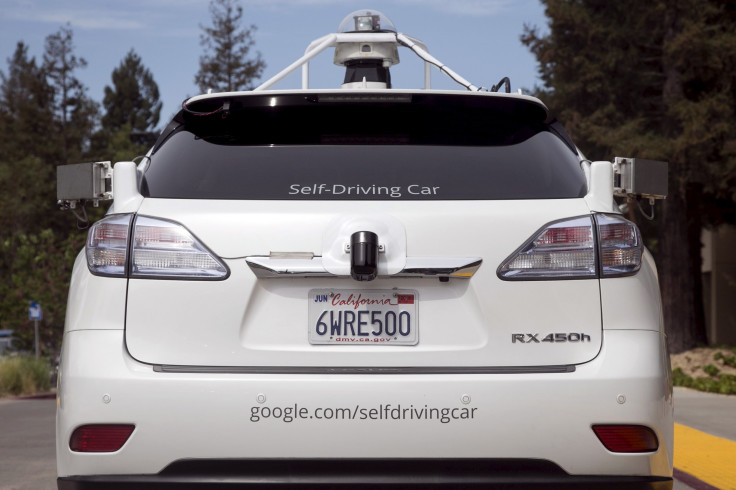Driverless Cars Get Government Support As U.S. Regulators Roll Out Framework For Autonomous Vehicles

With driverless cars on the horizon, the government is adding its two cents on the matter. On Tuesday, the U.S. Transportation Department (DOT) released a four-part policy outlining safety measures to ensure all vehicles are ready to be on the road.
The four sections of the policy—created in consultation with experts in the field, state governments, safety advocates and more—include a 15 point safety assessment, a Model State policy, the National Highway Traffic Safety Administration’s (NHTSA) current regulatory tools and modern regulatory tools. According to the DOT, the goal of the policy is to provide car makers with a framework.
“Automated vehicles have the potential to save thousands of lives, driving the single biggest leap in road safety that our country has ever taken,” said U.S. Transportation Secretary Anthony Foxx in a statement. “This policy is an unprecedented step by the federal government to harness the benefits of transformative technology by providing a framework for how to do it safely.”
The 15 point safety assessment provides guidelines for safe design, development, testing and development of self driving cars. By complying with the assessment, carmakers and developers can “bring lifesaving technologies to the roads safely while providing innovators the space they need to develop new solutions.” The various points includes how vehicles are tested, what safeguards are in place if systems fail, whether or not data will be available for crash reconstruction and how the cars will abide by traffic rules.
The Transportation Department also calls for specifics on how developers will fend off vehicle hacking in the 15 point assessment. According to Raj Samani, CTO EMEA at Intel Security, vehicle hacking is a realistic threat. Samani told ZDNet: “The concept of today's ransomware is to lock your data to ransom. But what we're showing here is that the data is almost irrelevant—it's the device we're locking up: connected medical devices, home routers, cars; it's the device.”
The model state policy breaks down federal and state responsibilities for regulating automated vehicles. It also “suggests recommended policy areas for states to consider with a goal of generating a consistent national framework for the testing and deployment of highly automated vehicles.” The last two parts cover existing NHTSA regulatory tools that can be applied to safe development and new tools that policymakers should consider.
"We’re envisioning a future where you can take your hands off the wheel and the wheel out of the car, and where your commute becomes productive and restful, rather than frustrating and exhausting," Jeff Zients, director of the White House’s National Economic Council, told reporters on Monday evening.
The guidelines are not official and cannot be enforced by law. Instead, they are suggestions. According to Foxx, the policy will be updated on an annual basis with input from the public.
“Public input has been essential to getting this right. There has been a strong call from state and local governments, industry, safety experts, mobility advocates, and average Americans to establish a clear policy for the deployment of automated vehicles on our roads,” said Foxx. “There are huge upsides and significant challenges that come with automated vehicle technology, and we will continue the conversation with the public over the coming months and years as this technology develops.”
Federal Automade Vehicles Policy
© Copyright IBTimes 2024. All rights reserved.






















